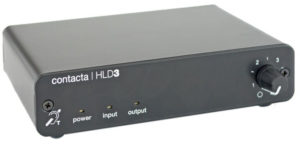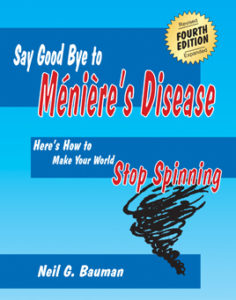by Neil Bauman, Ph.D.
Below is the first part of a revealing article that shows how the drug companies “hook you” into taking their drugs for conditions that never were diseases in the first place—like shyness. When you take drugs, you also expose your body to drug side effects. Some of these side effects (ototoxic side effects) can affect and damage your ears.
On October 11, 2010, CNN published an article by Dr. Carl Elliott entitled, “How to brand a disease—and sell a cure” It begins:
If you want to understand the way prescription drugs are marketed today, have a look at the 1928 book, “Propaganda”, by Edward Bernays, the father of public relations in America.
For Bernays, the public relations business was less about selling things than about creating the conditions for things to sell themselves. When Bernays was working as a salesman for Mozart pianos, for example, he did not simply place advertisements for pianos in newspapers. That would have been too obvious.
Instead, Bernays persuaded reporters to write about a new trend: Sophisticated people were putting aside a special room in the home for playing music. Once a person had a music room, Bernays believed, he would naturally think of buying a piano. As Bernays wrote, “It will come to him as his own idea.”
Just as Bernays sold pianos by selling the music room, pharmaceutical marketers now sell drugs by selling the diseases that they treat. The buzzword is “disease branding”.
To brand a disease is to shape its public perception in order to make it more palatable to potential patients. Panic disorder, reflux disease, erectile dysfunction, restless legs syndrome, bipolar disorder, overactive bladder, ADHD, premenstrual dysphoric disorder, even clinical depression: All these conditions were once regarded as rare until a marketing campaign transformed the brand.
Once a branded disease has achieved a degree of cultural legitimacy, there is no need to convince anyone that a drug to treat it is necessary. It will come to him as his own idea.
Disease branding works especially well for two kinds of conditions. The first is the shameful condition that can be destigmatized. For instance, when Pharmacia launched Detrol in the late 1990s, the condition the drug treated was known to doctors as “urge incontinence”. Patients called it “accidentally peeing in my pants” and were embarrassed to bring it up with their physicians.
Pharmacia fixed the problem by rebranding the condition as “overactive bladder”. Whereas “incontinence” suggested weakness and was associated mainly with elderly women, the phrase “overactive bladder” evoked a supercharged organ frantically working overtime.
To qualify for a diagnosis of “overactive bladder”, patients did not actually have to lose bladder control. They simply needed to go to the bathroom a lot.
The vice president of Pharmacia, Neil Wolf, explained the branding strategy in a 2002 presentation called “Positioning Detrol: Creating a Disease”. By creating the disease of “overactive bladder”, Wolf claimed, Pharmacia created a market of 21 million potential patients.
Another good candidate for branding is a condition that can be plausibly portrayed as under-diagnosed. Branding such a condition assures potential patients that they are part of a large and credible community of sufferers. For example, in 1999, the FDA approved the antidepressant Paxil for the treatment of “social anxiety disorder”, a condition previously known as “shyness”.
Imagine that? Shyness is now a disease that needs to be treated with drugs! No wonder people are grossly overmedicated—and consequently experience all sorts of negative side effects to the drugs they are taking. To read the rest of this enlightening article, click here.
If you value your ears (and the rest of your body), you want to take fewer drugs, not more drugs—with their numerous harmful ototoxic, and other, side effects! You need to learn to resist the powerful advertising of the drug companies. Learn how to be healthy, rather than buying into their siren disease-branding song of “a pill for every ill”!



Leave a Reply